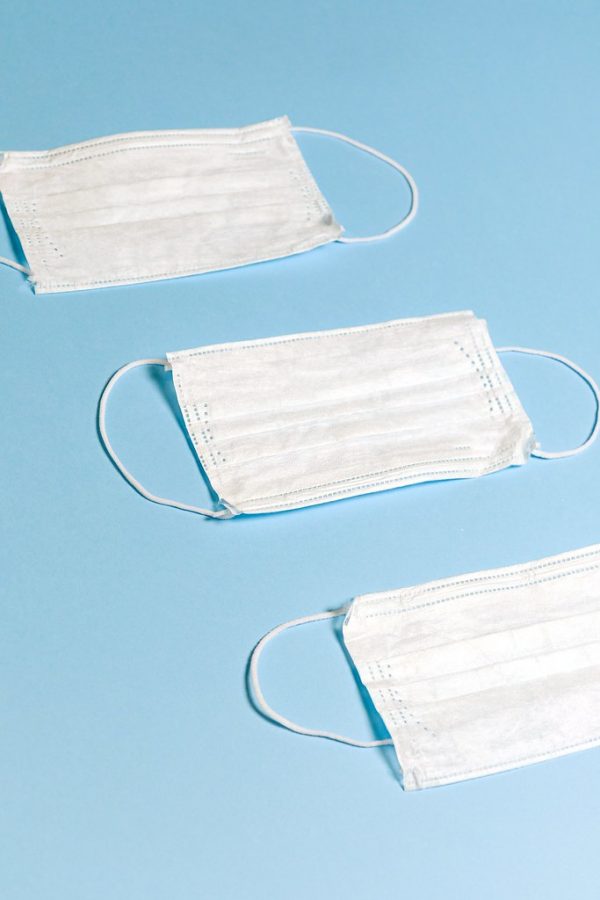Mask Shortage Across America; and Why Professionals Need Them
March 25, 2020
In recent weeks, a novel coronavirus named COVID-19 has spread to the United States, causing a significant increase in the purchase of masks, hand-sanitizer, and other protective supplies. Stock shortages have been reported across the nation alongside new rates of infection, which has driven up prices for Purell, Clorox, and other popular sanitizers, while the demand for masks has left hospitals facing serious shortages.
Media surrounding the coronavirus often depicts people wearing protective surgical masks as they carry out their daily activities, but medical authorities have emphasized that the masks are not necessary for adequate protection of the general public. In a tweet sent out several days ago, U.S. Surgeon General Dr. Jerome Adams said, “They are NOT effective in preventing general public from catching [COVID-19], but if healthcare providers can’t get them to care for sick patients, it puts them and our communities at risk!”, echoing the sentiments of medical practitioners across the nation as hospitals experience shortages of needed equipment– equipment that is necessary for medical personnel to provide safe and effective care to patients.
Masks provide needed protection for wearers who are in contact with sick patients, and the Centers for Disease Control and Prevention (CDC) advises that people who have a confirmed or suspected case of COVID-19 wear a mask to reduce transmission. However, the use of masks by the general public is not recommended, and can have negative impacts on some wearers.
California’s Department of Public Health said, “Wearing a mask may actually be harmful to some people with heart or lung disease because it can make the lungs work harder to breathe.” For now, the CDC recommends avoiding touching the face, as well as keeping hands and surfaces clean.
Alongside a mask shortage is a growing hand sanitizer shortage, as stock flies off shelves across stores ranging from pharmaceutical chains such as Walgreens and CVS to wholesale retailers such as Costco. Hand sanitizer companies have started increasing production to meet the rising public demand, but price-gouging for the limited supplies has grown increasingly prevalent both in stores and online.
While hand sanitizer is a convenient on-the-go solution, not all are created equal. Many hand sanitizers contain varying amounts of alcohol, which is an important factor in the effectiveness of the sanitizer. When purchasing hand sanitizer, the CDC recommends choosing versions with at least 60% alcohol content.
Advice from the CDC, however, emphasizes that handwashing with soap and water remains the most effective way of hand-cleaning and goes a long way in preventing germs. When washing hands, it’s recommended that you do so for twenty seconds — the equivalent of singing “Happy Birthday” two times — and thoroughly clean often overlooked spots, including in-between fingers and underneath fingernails.












